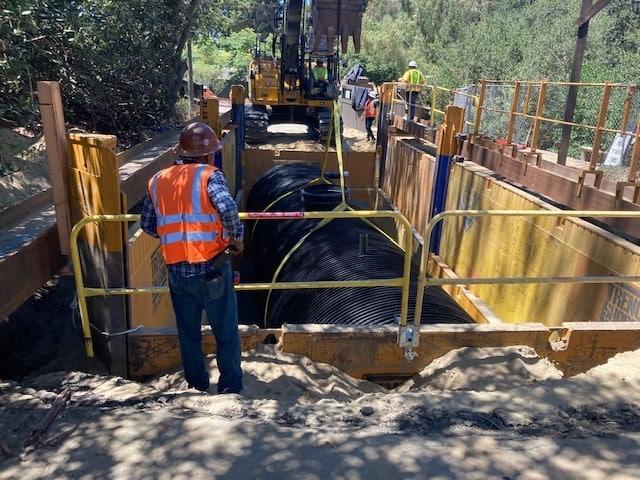By Scott Carrlee
AASLH Individual Member since 2007
Curator of Museum Services, Alaska State Museums, Juneau, AK
What is the best policy for making sure that your collections storage remains safe from insects? Many museums have organic materials such as fur, skin, feathers, taxidermy, wood, etc. in their collections that can be a tasty treat for heritage eaters. If these collections have been in storage for a while and your monitoring shows no signs of an infestation, your storage area is likely to be insect free. But what about new collections and other materials entering the museum?
The best policy is for everything that comes into the collection storage to undergo some sort of Integrated Pest Management (IPM) protocol. For many items that may simply be an inspection to make sure that it does not contain the kind of material that would harbor insects. If it is something organic, a decision must be made whether or not to freeze it as a preventive measure. Most materials can be frozen without damage, so when in doubt it is best to err on the side of caution and freeze it just to make sure. A simple search for “freezing museum objects” will produce quality information if you are unfamiliar with the process.
For items coming in for the museum store or as raw materials for workshops, the best policy is to freeze all organics. This is especially true for museum store inventory because it has been source of infestations in many museums. It is also important to encourage store personnel to get rid of the boxes and packing materials because those could also harbor insects. This may not be easy however because the museum store folks like to reuse packaging to save money.
Learn more about freezing artifacts and integrated pest management.



